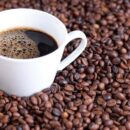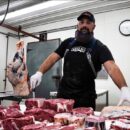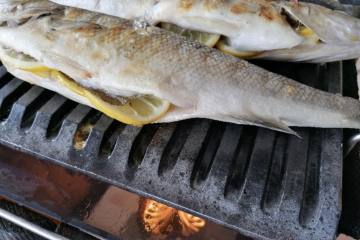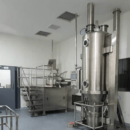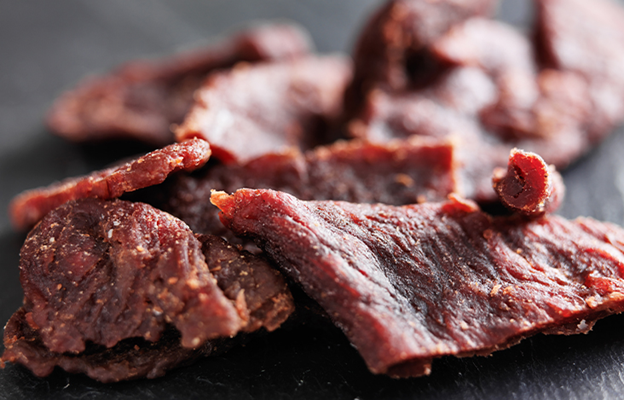
Learn more details about jerky and biltong
What is jerky? Jerky is a food that various methods have prepared, but the most common form of preparing jerky starts with slicing meat into strips. The strips are marinated for extended periods to add flavor and tenderize tough cuts of meat. It can be made from ground meats or intact cuts, resulting in varying textures and flavors. When it comes to jerky preparation, there are two very distinct categories: Wet-aged vs. Dry-aged. Wet-aged is perhaps more well known. However, dry-aging brings out even more depth in flavor (due to enzymatic reactions which slowly break down proteins). Several different methods are used for drying meats, including smoking, dehydrating, and pressing.
Drying meat at a low temperature (below 60°C) helps control the growth of bacteria and fungi in food products. Drying meats at low temperatures reduces moisture, which inhibits the microbial growth that causes spoilage. Pathogenic bacteria cannot grow or spread without water, so jerky made this way is preserved by drying alone.
Once marinated and dried, these meats are considered ready to eat! When it comes to biltong vs. jerky, there is no set rule for what makes biltong a beef product instead of jerky. However, they do have some commonalities: Biltong is usually thicker than most kinds of jerky. It is often cut with the grain instead of against it, resulting in a fibrous texture.
This meat is typically cut into strips and dry in cool temperatures for one to three days. The length of the drying time depends on factors including weather conditions (humidity, wind), the thickness of the biltong, and personal preference (dryness vs. flavor). A well-known flavoring agent is a vinegar; this enhances the meat’s natural flavor with its acidity while removing any excess fat that may still be present inside. Another common ingredient includes peppermint concentrate (or beef extract), which adds an extra kick of flavour during dehydration. Once dried, biltong can be consumed or stored for later use.
Biltong has many benefits over most kinds of jerky: it can be stored for up to 3 months without refrigeration and is easier to chew.
Biltong can also maintain its nutritional value better than beef jerky, with high levels of iron, protein, and B-group vitamins. Biltong can retain its nutritional value due, in part, to the fact that it’s not cooked at high temperatures.
As explained above, there are two categories of jerky: wet-aged vs. dry-aged. Wet-aged jerky includes an additional step after drying, called pasteurization. Pasteurization kills any potentially harmful pathogens by heating the meat to a specific temperature for a certain amount of time. Poultry and pork are usually treated with this method before being packaged or sold, while other meats do not need for it.

